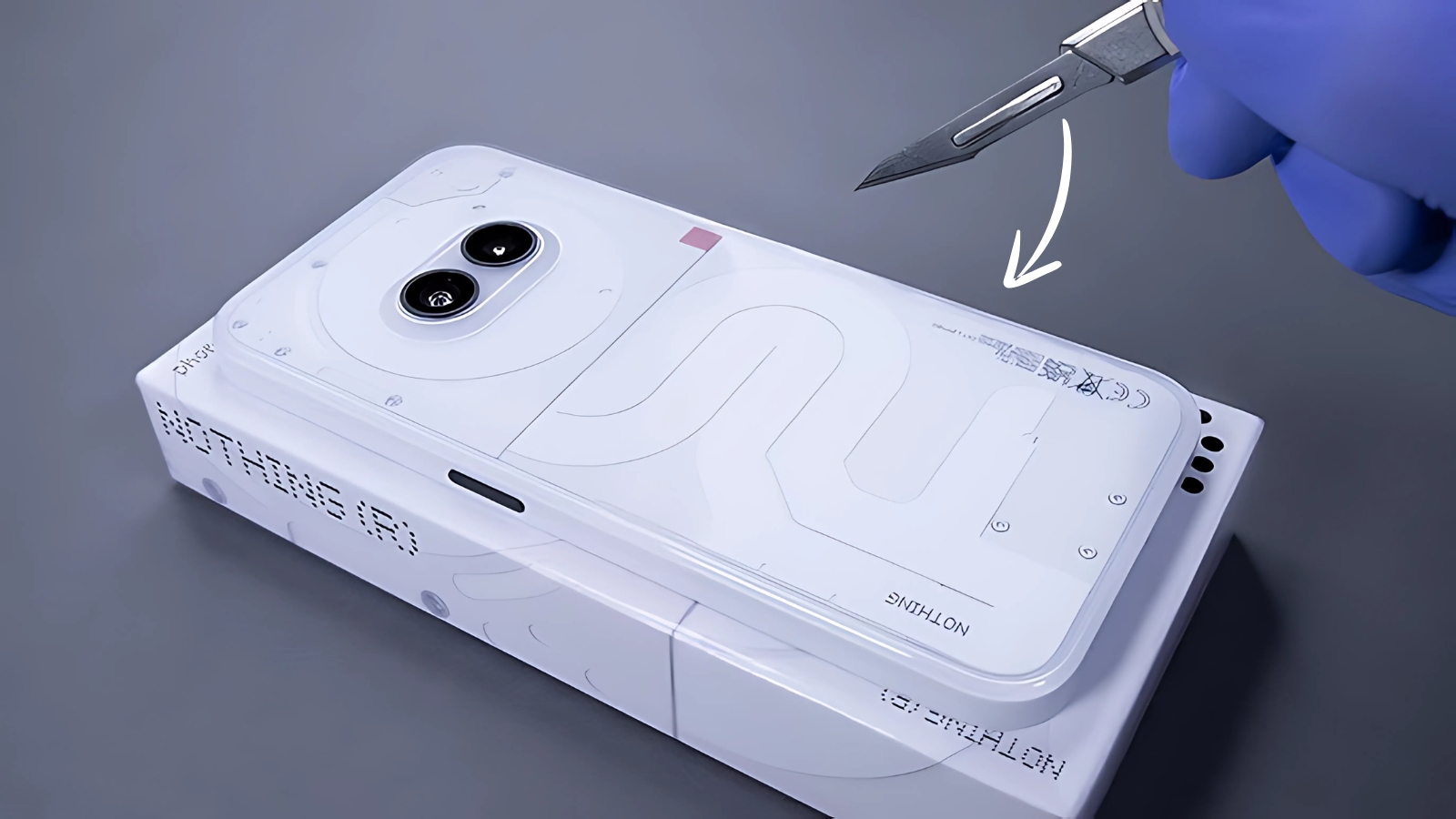Nothing Phone 2A : The tech world buzzed with excitement when Nothing unveiled its Phone 2A, promising to revolutionize how we think about smartphone design. Yet six months after launch, the device that was supposed to dent Samsung’s armor has barely made a scratch. Despite boasting genuinely impressive aesthetics and innovative features, the Phone 2A’s journey illustrates just how challenging it is to break into a market dominated by established giants.
When Pretty Isn’t Enough: The Design Paradox
There’s no denying the Nothing Phone 2A looks stunning. Walk into any electronics store, and it’s the device that makes people stop and stare. The transparent back panel isn’t just a gimmick—it’s a carefully crafted statement piece that makes Samsung’s latest offerings look conservative by comparison. Those glowing LED strips, what Nothing calls the “Glyph Interface,” create an almost futuristic vibe that feels straight out of a sci-fi movie.
But here’s the thing about smartphone buyers: most of them stick a case on their device within hours of purchase. That gorgeous transparent design? Hidden under a protective shell because people value functionality over form when it comes to their daily driver. Samsung learned this lesson years ago, focusing on refinement rather than radical departures from proven formulas.
The build quality deserves credit where it’s due. Nothing didn’t cut corners with materials—the aluminum frame feels solid, the glass panels resist scratches, and the overall construction rivals anything Samsung produces in the same price bracket. Unfortunately, solid construction has become table stakes in today’s smartphone market, not a differentiator.
Performance Reality Check: Specs That Matter
Underneath that eye-catching exterior lies the Phone 2A’s biggest weakness: performance that doesn’t quite match its premium appearance. The MediaTek Dimensity 7200 Pro chipset handles daily tasks without complaint, but Samsung’s Galaxy A54—a direct competitor—offers more consistent performance thanks to better optimization and thermal management.
Photography represents another area where Nothing’s ambitions meet harsh reality. The 50MP dual-camera setup produces decent shots in good lighting, but Samsung’s years of computational photography expertise shine through in challenging conditions. Low-light performance, portrait mode accuracy, and video stabilization all favor Samsung’s offerings, even in their mid-range lineup.

Gaming performance tells a similar story. While the Phone 2A can handle popular titles, Samsung’s devices maintain frame rates more consistently during extended sessions. For a generation that increasingly uses smartphones as their primary gaming device, this matters more than unique lighting patterns.
The Ecosystem Advantage Samsung Won’t Surrender
Perhaps Nothing’s biggest miscalculation was underestimating Samsung’s ecosystem lock-in effect. Galaxy phone owners often own Galaxy Buds, Galaxy Watches, and sometimes Galaxy Tablets. They’ve invested in Samsung’s vision of connected devices, making switching brands feel like starting over rather than upgrading.
Nothing OS offers a clean, minimalist experience that tech enthusiasts appreciate, but it exists in isolation. There’s no Nothing smartwatch to seamlessly sync fitness data, no Nothing earbuds with magical pairing capabilities, no Nothing tablet for productivity tasks. Samsung recognized years ago that smartphones are gateway devices to broader ecosystems, not standalone products.
The software support promise also raises questions. Samsung now guarantees four years of major Android updates for many devices—a commitment backed by a global corporation with deep pockets. Nothing’s promises sound genuine, but they lack the institutional backing that gives consumers confidence in long-term investment.
Market Dynamics: Why David Struggles Against Goliath
Consumer behavior in the smartphone market has fundamentally shifted since the early days when new brands could establish themselves through innovation alone. Today’s buyers research extensively, read reviews, and consider factors beyond specifications—factors that favor established players like Samsung.
Carrier relationships play a crucial role that startup brands often underestimate. Samsung’s devices receive prominent placement in retail stores, attractive financing options, and marketing support that Nothing simply cannot match. When customers walk into a Verizon or T-Mobile store, they see Samsung displays front and center, while Nothing devices might not appear at all.
Service and support infrastructure matters more than brands like Nothing initially realize. Samsung operates service centers worldwide, offers next-day replacement programs in many markets, and maintains relationships with third-party repair shops. Nothing’s support network remains limited, creating anxiety for potential buyers who worry about what happens when something goes wrong.
Realme GT 6T 5G – Shandar design gaming smartphone launched in market
Nothing Phone 2A The Road Ahead: Lessons in Market Reality
Nothing’s struggle against Samsung teaches valuable lessons about the modern smartphone landscape. Innovation remains important, but it must be accompanied by ecosystem thinking, retail partnerships, and service infrastructure. Pretty designs generate initial interest, but sustained success requires addressing practical consumer needs.
The Phone 2A isn’t a failure—it’s a learning experience. Nothing has proven it can build attractive, functional hardware and create software experiences that differentiate from the competition. The challenge now involves translating those capabilities into sustained market presence against competitors who’ve spent decades perfecting not just their products, but their entire approach to reaching consumers.
